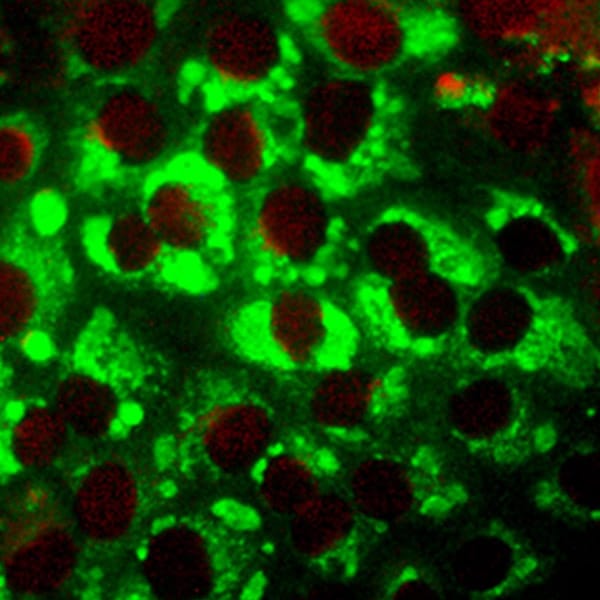
Powassan Virus
Powassan Virus (POWV), also known as Deer Tick Virus (DTV), is a member of the same family of viruses as West Nile Virus, Dengue Fever, Zika, and Hepatitis C. and is found mostly in the northeast United States as well as the Great Lakes area.
Symptoms of POWV infection are very similar to those of Lyme disease, but reportedly can be more severe. The Powassan virus attacks the nervous system and can cause encephalitis or meningitis. Serious infections can result in muscle weakness, headache, confusion and even seizures. Ten percent of POWV encephalitis infections are fatal. Long-term neurologic effects that mimic those of Post-Treatment Lyme Disease Syndrome (PTLDS) have been reported.

Related Reading by Coppe Laboratories
Powassan Virus Testing, IgG/IgM with Confirmation by Coppe Laboratories
Test description, research publications, symptoms, benefits of testing
2022, Read Coppe News Article, 1 min read
A Guide to the Powassan Virus
Comprehensive guide includes epidemiology, clinical description, research findings, case studies and more
2016, Read POWV Guide, 5 min read
Not all tests listed in this publication may be available. Go to current listing of available tests offered by Coppe Laboratories
Published Research
Through our research, we were first to identify that the tickborne flavivirus Powassan/Deer Tick (POWV/DTV) Virus can commonly be found as a co-pathogen in ticks infected with Lyme disease borrelia with evidence that both the Lyme borrelia and POWV/DTV can be concurrently transmitted to humans from the bite of the deer tick I. scapularis.
Development and Validation of a Serologic Test Panel for Detection of Powassan Virus Infection in U.S. Patients in Regions Where Lyme Disease is Endemic
January 2018, mSphere
Serologic Evidence of Powassan Virus Infection in Patients with Suspected Lyme Disease
August 2017, Emerg Infect Dis
Powassan/Deer Tick Virus and Borrelia burgdorferi Infection in Wisconsin Tick Populations
July 2017, Vector-Borne Zoonotic Dis.
Test Menu
| Code | Test | Sample | Method |
|---|---|---|---|
| 3008 | Powassan Virus (POWV) IgG/IgM | Whole Blood, plasma or serum | IgG and IgM IFA confirmation |